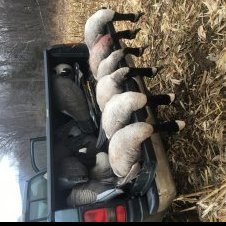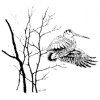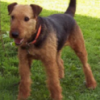Public Comment Open!
-
Similar Content
-
By Dylan
Does anyone know of any waterfowl leases for 2018/19 season in dutchess or Columbia county ny? Or have any property they would be willing to allow two responsible hunters to hunt on? Not really looking for deer property might think of a deer/waterfowl lease depending on the property. Also interested in property for turkeys this spring.
-
By scolopaxmatt
Just wanted to say thanks to all who helped make Carters Pond the waterfowl wasteland it always is after opening weekend. Not so much as a feather to be found amid the rafts of shells and wads. We do ourselves proud by busting the roost and laying waste to every wood duck we see.
-
By brendanw66
Hello all,
My buddy and I are midshipmen at the U.S. Merchant Marine Academy in Kings Point, Long Island. We're both avid duck hunters back home (Louisiana, Florida), but we would like to do some hunting this season up here in Long Island while we're at school.
We're looking for any information on good places to hunt on the island, we don't mind driving, or anyone that's willing to allow us to tag along for a hunt. We have our licenses, guns, camo, and a few dozen decoys up here with us.
Heard Suffolk County runs some public land with duck blinds, anyone have experience with that? Thanks for any information.
-
By John_K
Im selling my Browning Maxus. I bought it 3 years ago and only had it out the first season I owned it. It has only been in the field 3 times as reflected by the attached pictures. It was cleaned after every use, and is in terrific condition. It is 12 Gauge, 28" Barrel Waterfowl edition. I have the original box, all chokes and choke tool, and pieces for stock adjustment. It is easily as good as any new gun you would buy. Asking $1100. I am located in the Albany area. Email offers to [email protected] Thanks for the interest.
-
-
Recently Browsing 0 members
No registered users viewing this page.








Recommended Posts
Join the conversation
You can post now and register later. If you have an account, sign in now to post with your account.